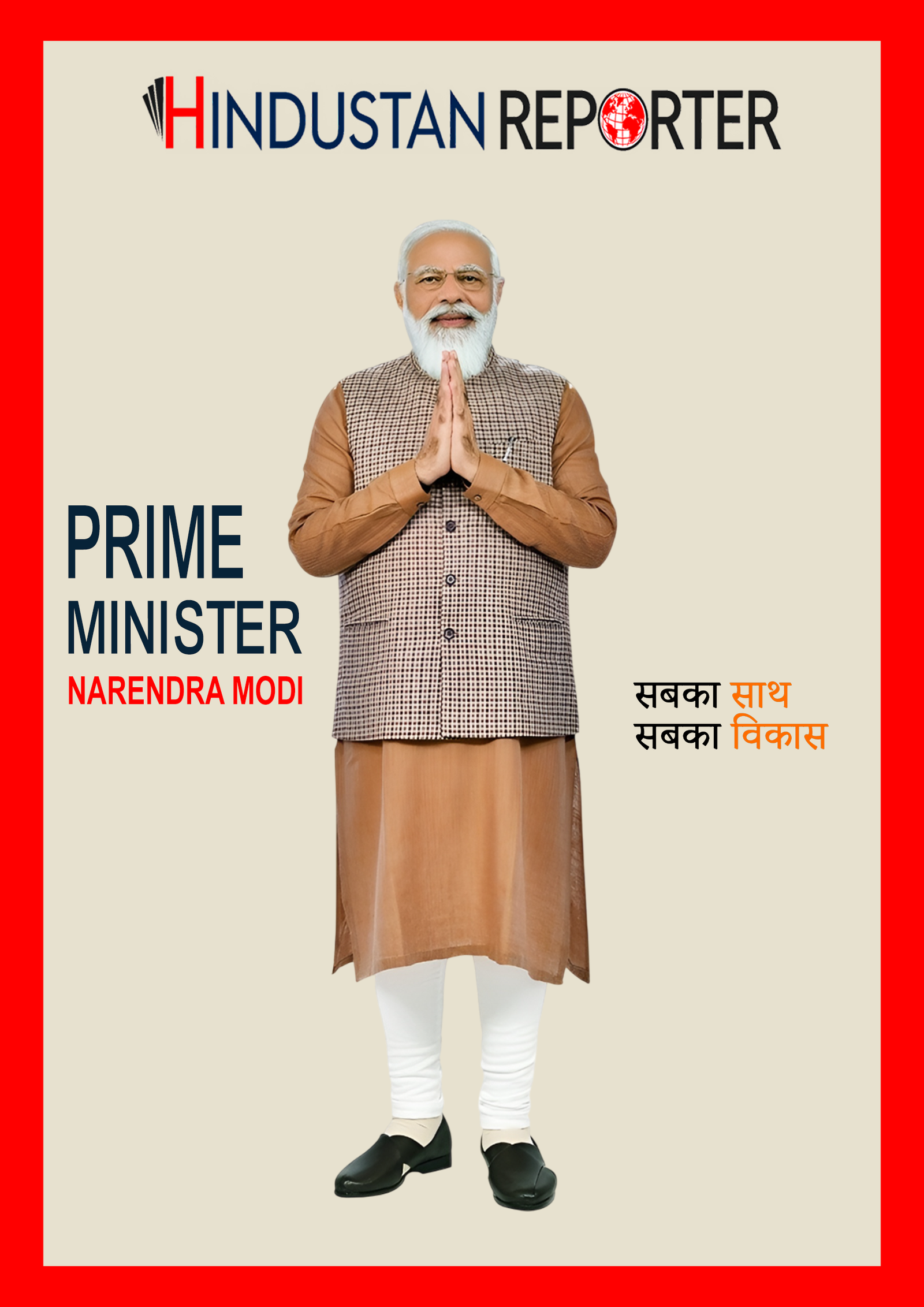US President Donald Trump stated Thursday that India will be subject to reciprocal tariffs on April 2, which would likely affect India’s exports of pharmaceutical and agricultural products and dampen the chances of a concession. Among the goods with a significant tariff differential with the US are these.
“My relationship with India is excellent, but the only issue I have with them is that they have some of the highest tariffs in the world. Trump stated in an interview with US-based Breitbart News that “we will be charging them the same tariffs they charge us on April 2, but I think they are probably going to be lowering those tariffs substantially.”
This follows earlier this week’s announcement by officials from the ministry of commerce and industry that India intends to consult with stakeholders and settle all lingering concerns with the US in the bilateral trade agreement (BTA) that both nations hope to sign before the end of the year.
The United States’ 25% tariffs on steel and aluminum are already having an effect on these industries, and industry representatives have stated that exporters worth $5 billion are already experiencing the effects of the new tariffs. Additionally, a 12 percent levy on specific imported steel items has been proposed by the Commerce and Industry Ministry’s anti-dumping agency, which might raise prices in the nation.
The US tax rate on Indian imports rose from 2.72 percent in 2018 to 3.91 percent in 2021 before somewhat decreasing to 3.83 percent in 2022, according to SBI research. In the meantime, India’s import duties on the United States increased from 11.59 percent in 2018 to 15.30 percent in 2022.
However, India stated last month that it would be open to lowering bilateral tariffs on a variety of goods during a meeting between Trump and Prime Minister Narendra Modi. The US has substantial export interests in motorbikes and bourbon whiskey, both of which New Delhi has already reduced duties on.
According to a Goldman Sachs analysis, Trump’s tariffs may have an impact on India through non-tariff barriers, national tariffs, or product tariffs, all of which might impede commerce between the two countries.
According to the research, reciprocity would be the most straightforward strategy at the national level. “This may increase the average tariff differential by approximately 11.5 percentage points if applied at the product level, where the US matches India’s tariffs on each imported product, but would be more complex and require a longer implementation timeline.”

